Why now is the best time since 1845 to enjoy the incredible interiors of Brighton Pavilion
John Goodall reports on the latest at Brighton Pavilion, detailing how an extraordinary loan from The Queen has made it possible to enjoy the inside of the building more completely than at any time in living memory.

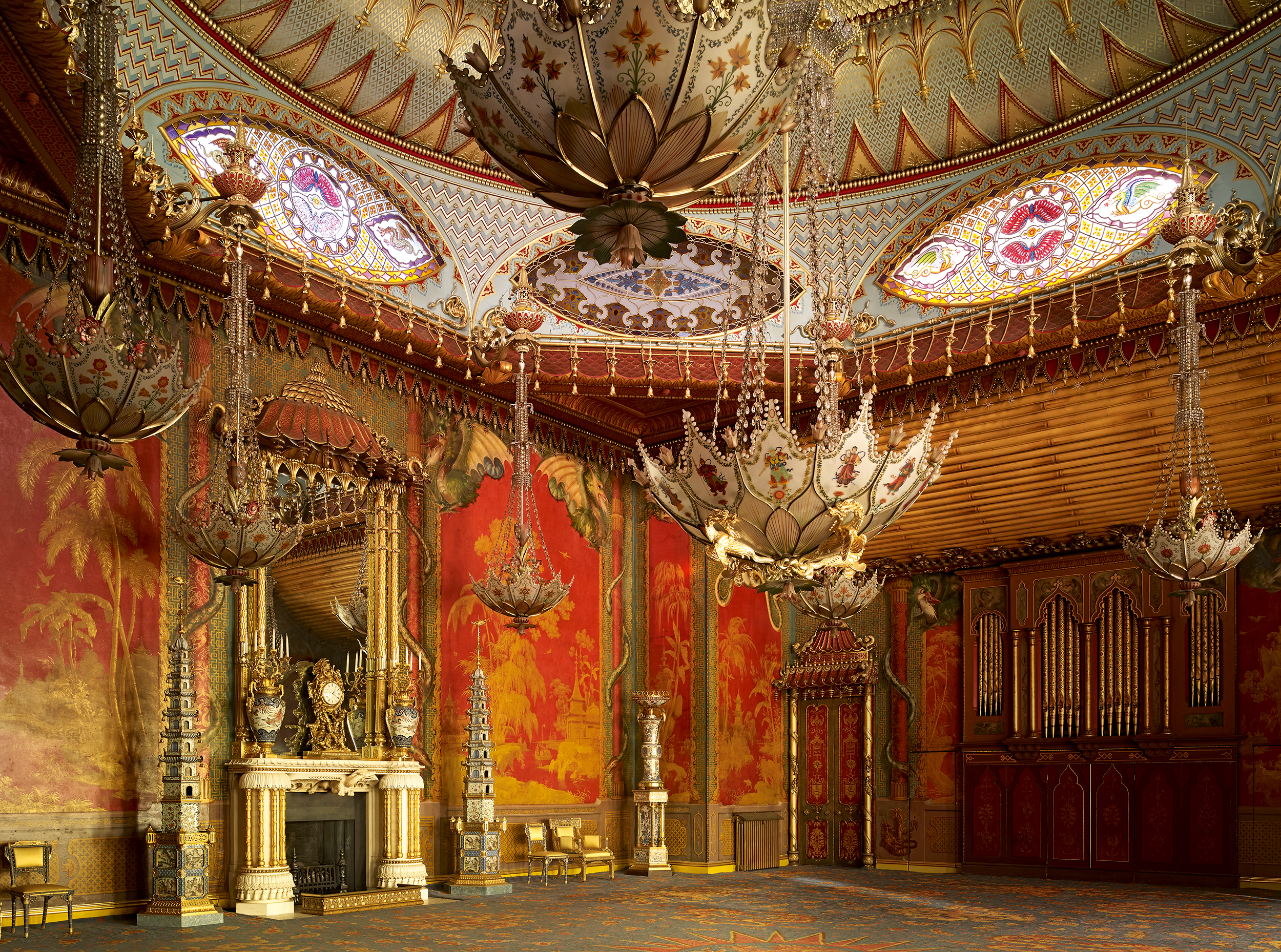
During the autumn of last year, the Royal Pavilion, Brighton, perhaps the most celebrated and opulent creation of the Prince Regent (later George IV), received an extraordinary loan from The Queen. Over the period of a week, about 120 objects, including vases, clocks and furniture, were returned here after more than 170 years absence. Further objects will join them later this year after the closure of the current ‘George IV: Art and Spectacle’ exhibition at The Queen’s Gallery, Buckingham Palace, SW1, in May.
As a result, it is now — and will be for at least the next two years — possible to experience the astonishing interiors of the Pavilion more completely than at any time since its abandonment as a royal residence in 1845.
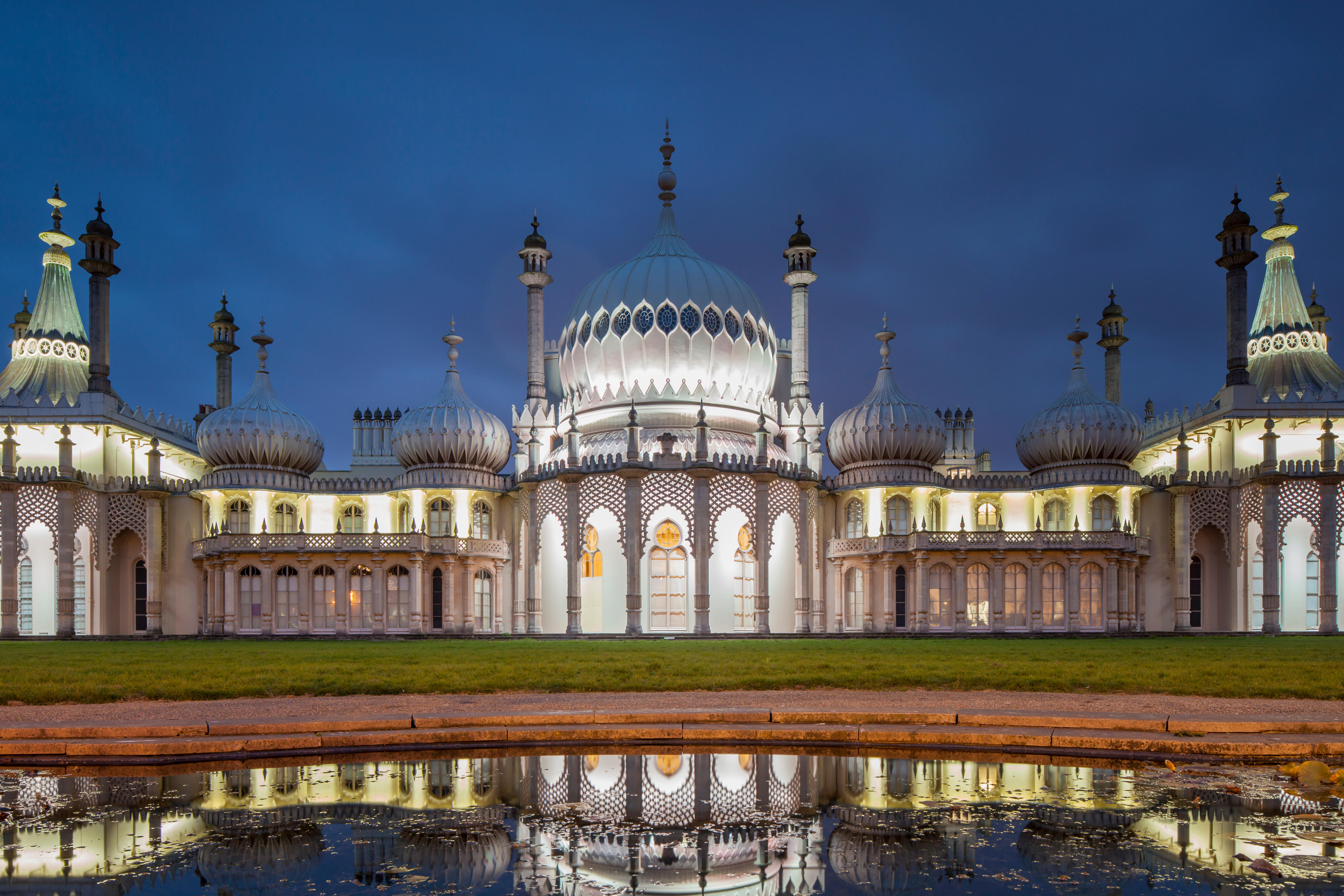
This loan, which shares the spirit of such projects as ‘Houghton Revisited’ (the temporary return of Walpole’s collection from Russia to his great Norfolk house in 2013), has come about as a result of the ongoing 10-year project to restore Buckingham Palace. Many of the items on display have formed part of the permanent decoration of the east wing of the palace, which was constructed in the 1840s. That this has come to pass at all is testimony to the generosity of the Royal Collection Trust. It also reflects on the curatorial team at the Pavilion itself, led by David Beevers, and builds on their remarkable restoration of the Saloon, completed last year.
On August 15, 1846, The London Examiner reported to its readers about bold new plans to enlarge Buckingham Palace:
‘The whole cost of the intended improvements is estimated at £150,000. They include building a new east front to the palace; clearing out and re-arranging rooms in the south wing; alterations in the north wing; new kitchens and other offices, with ballroom over; decorations and painting… Her Majesty has been graciously pleased to signify her consent that the Marine Palace or Pavilion at Brighton…should be offered for sale, and the produce applied towards the expenditure…’
The proposals caused consternation in Brighton. As Hood’s Magazine reported two months later:
‘Great excitement has prevailed… in Brighton… by the announced determination of the government to dispose of the Royal property [the Pavilion]... Many proposals are afloat for purchasing the property for the use and embellishment of the place, and in order to add to the attractions by which visitors are induced to sojourn on that part of the sea coast.’
Exquisite houses, the beauty of Nature, and how to get the most from your life, straight to your inbox.
At the same time, the Commissioners for Woods and Forests, who had responsibility for the Pavilion, began dismantling everything that could be moved. From 1847, furniture and fittings began to be shipped off to Kensington Palace in carts. By degrees, the workmen turned their attention to fixtures, removing papers, panels and tiles. More than 40 chimneypieces were prised out of the walls and even the garden plants and tools were auctioned off.

At last, in December 1849, the town’s attempts to save the Pavilion came to fruition and a contract was signed for the purchase of the property for £53,000. When Brighton finally got the keys on June 19, 1850, however, the committee responsible for the building was dismayed by the condition of the interior. A survey detailing the devastation was compiled in July and a letter sent to the Commissioners challenging the removal of fixtures and the legality of what had happened.
The committee’s complaint, however, was already far too late; many of the objects removed had already found a new home in the newly completed rooms of Buckingham Palace. A full year earlier, in her journal entry for June 10, 1849, for example, Victoria described one room as follows:
‘A fine large lunch room, very handsomely fitted up with furniture &c. from the Pavilion at Brighton, including the Chinese pictures, which were on the Dining room walls there, the doors with the serpents &c. which had belonged to that room. A dragon has been painted on the ceiling to harmonise with the rest. The small sitting room is also furnished with things from the Pavilion — all arranged according to my dearest Albert’s taste’.
The seemingly quixotic decision to sell the Brighton Pavilion, but recycle its contents, was rooted in the changing circumstances of the Royal Family. Victoria first visited it in the autumn of 1837, when she described it in her journal of October 4 as follows:
‘A strange, odd Chinese-looking thing, both inside and outside; most rooms low, and I only see a little morsel of the sea from one of my sitting-room windows, which is strange, when one considers that one is quite close to the sea.’
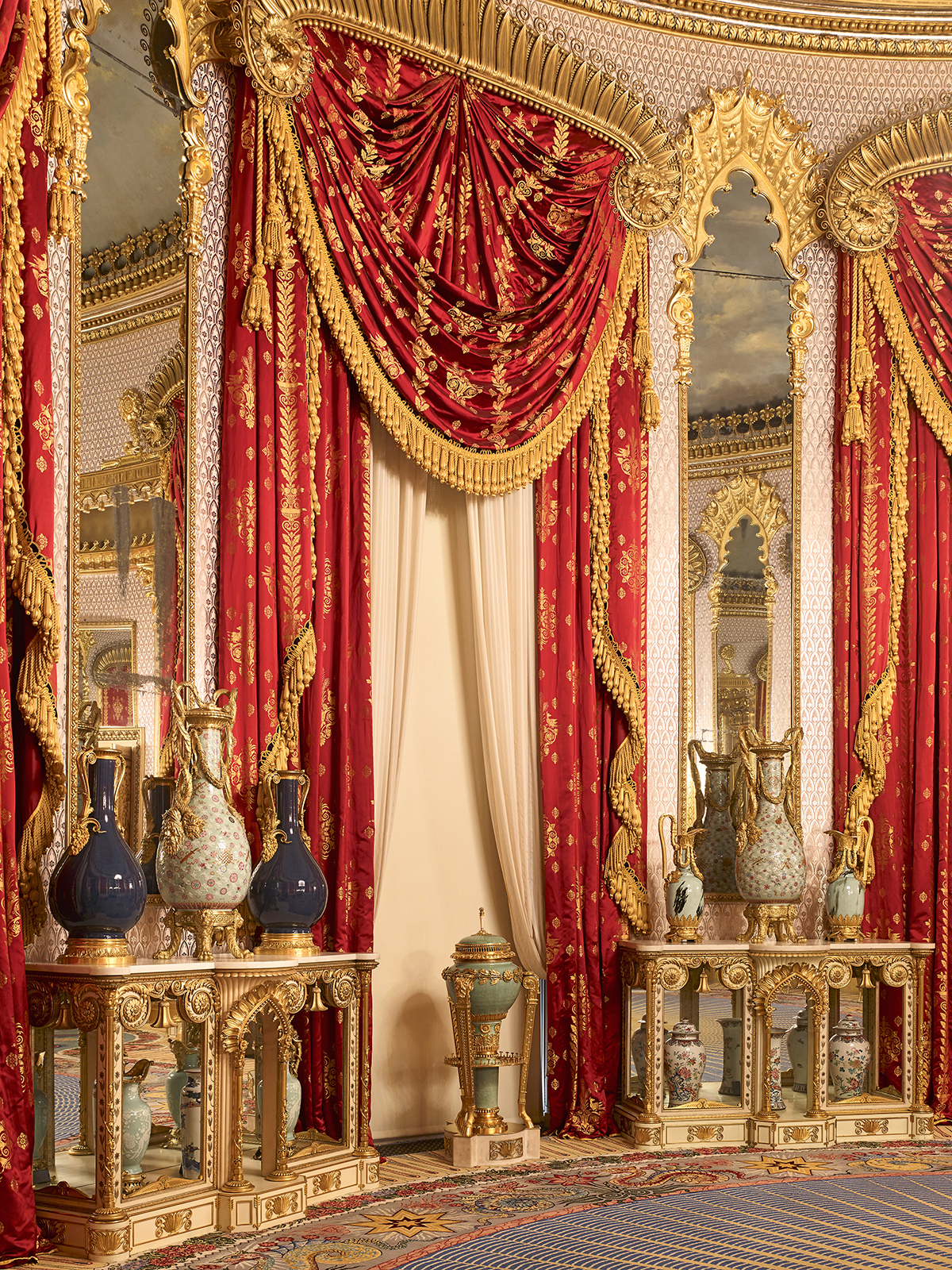
She found the attention of the crowds here oppressive and, perhaps more importantly, felt it had a poor effect on her health. ‘I thought I was always ill after having been at Brighton,’ she wrote in March 1839.
On August 5, 1839, therefore, expenditure on the Pavilion was reduced to a minimum and the surveyor’s responsibility was limited to ‘keeping the outside and roofs in good repair and the prevention of damage to the interior by rot’. Only four days later, Queen Victoria recorded in her journal that she sat with Lord Melbourne and ‘talked of Brighton, it’s being an odious place, the impossibility of sailing there, &c.; the burden the Pavilion was, and what to do with it, &c’.
It was more than three years before Victoria came back, in 1842, this time bringing her husband. The party arrived on February 10, the second anniversary of the couple’s wedding, and it was clearly a very happy occasion, as Victoria wrote in her journal:
‘We went upstairs, & Albert was struck with the strangeness of the place… Afterwards we walked with Uncle & Cousins, all over the rooms downstairs, & Albert was in great admiration of the Dining & Music Rooms, which are so splendidly & richly done up & furnished, in every detail… [having] come to a house where I had not been, since our marriage, made all seem very strange. Dear Albert is so cheery & in such good spirits — altogether pleased & interested with this house & all.’
The couple returned for their final visit in February 1845, by then preoccupied with their growing family and feeling the need for an adequate London house, as well as a holiday retreat. When at Brighton, the Queen discussed the ‘proposed additions to Buckingham Palace’ with Sir Robert Peel and ‘the necessity of getting a quiet seaside place, instead of this [Brighton], & to build with the money this place would fetch. However the question is, whether the money should be used for a Marine Building, or for Buckingham Palace… We talked over the various coasts & places that might be suitable’.
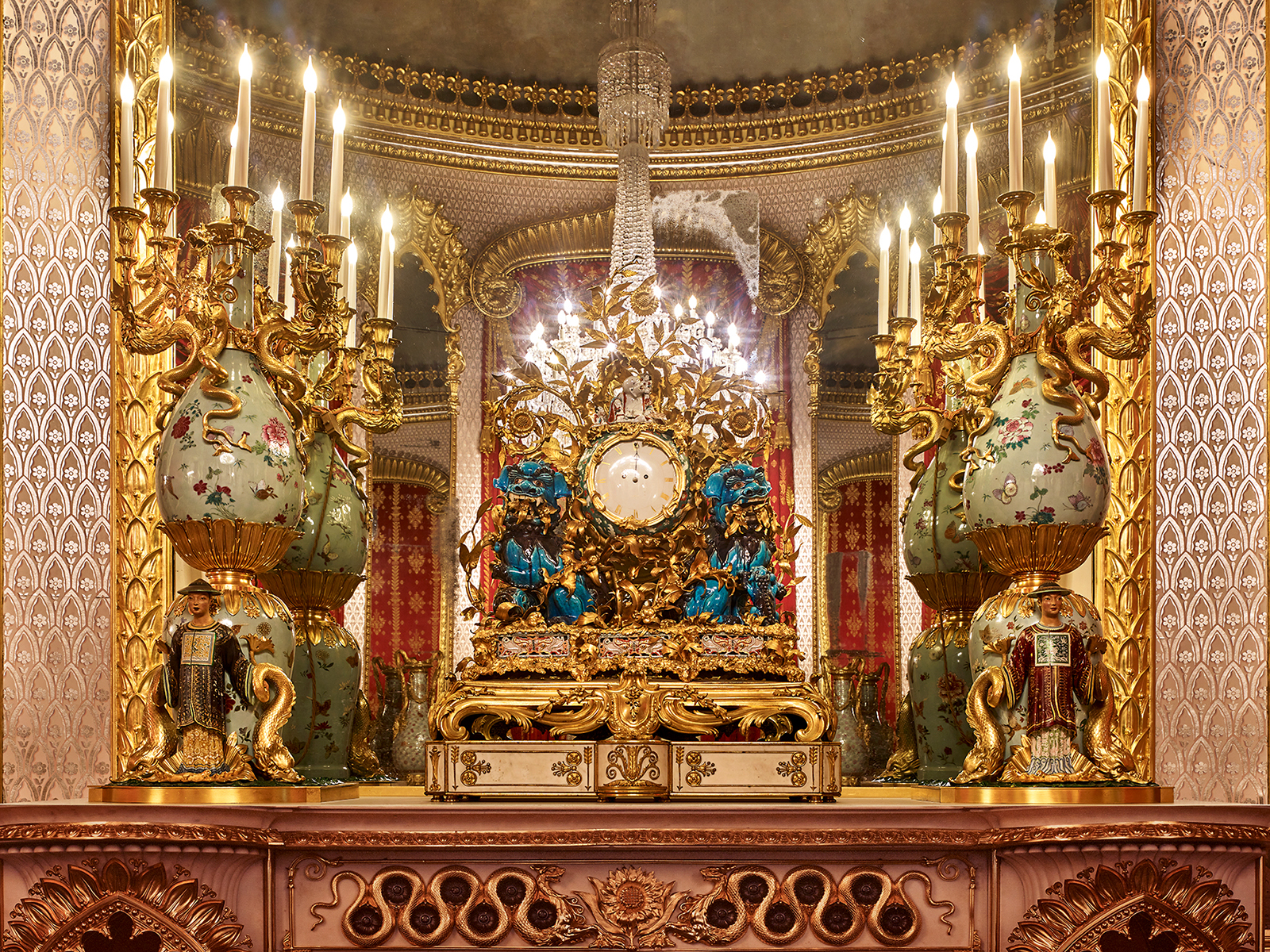
The ‘Marine Building’, purchased privately the following month, was Osborne on the Isle of Wight. By the summer, a new building was under construction there and the family took up residence in its Pavilion — the part of Osborne comprising their private apartment — a year later, on September 15, a month after Parliament obligingly voted money for the extension of Buckingham Palace. Parliament’s generosity was encouraged by the promise that the money from the Brighton Pavilion sale would be used for Buckingham Palace. In fact, the lion’s share — £29,000 — went towards furnishing Osborne.
The stripping and recycling of the contents of the Brighton Pavilion by the Commis-sioners of Woods and Forests was a natural reflex for this organisation. Indeed, less than two decades earlier, it had done exactly the same to Carlton House in 1826, after it had been abandoned by the Prince Regent. Its furnishings and architectural elements were widely re-used, including at Brighton.
Nevertheless, it’s explicit from Victoria’s journal, quoted above, that Prince Albert had an enthusiasm for these things, too, and took a personal interest in organising them (much as he did at Osborne). It was perhaps as an expression of that admiration that, from 1863, Victoria began to give objects back to the Pavilion. That process of returning things to Brighton from the Royal Collection continued through the 20th century under both George V and the present Queen; most recently, as part of a larger loan in 2018, George IV’s state bed has been displayed here.
The present loan, however, is much larger and more ambitious than anything attempted before. It includes some furniture, notably seven side tables in the Banqueting Room with gilded dragon supports and an extra-ordinary suite of Indian furniture in the Long Gallery. There are also several fixtures, including fenders, firedogs and and overdoors. The vast majority of objects on loan, however, incorporate ceramics.
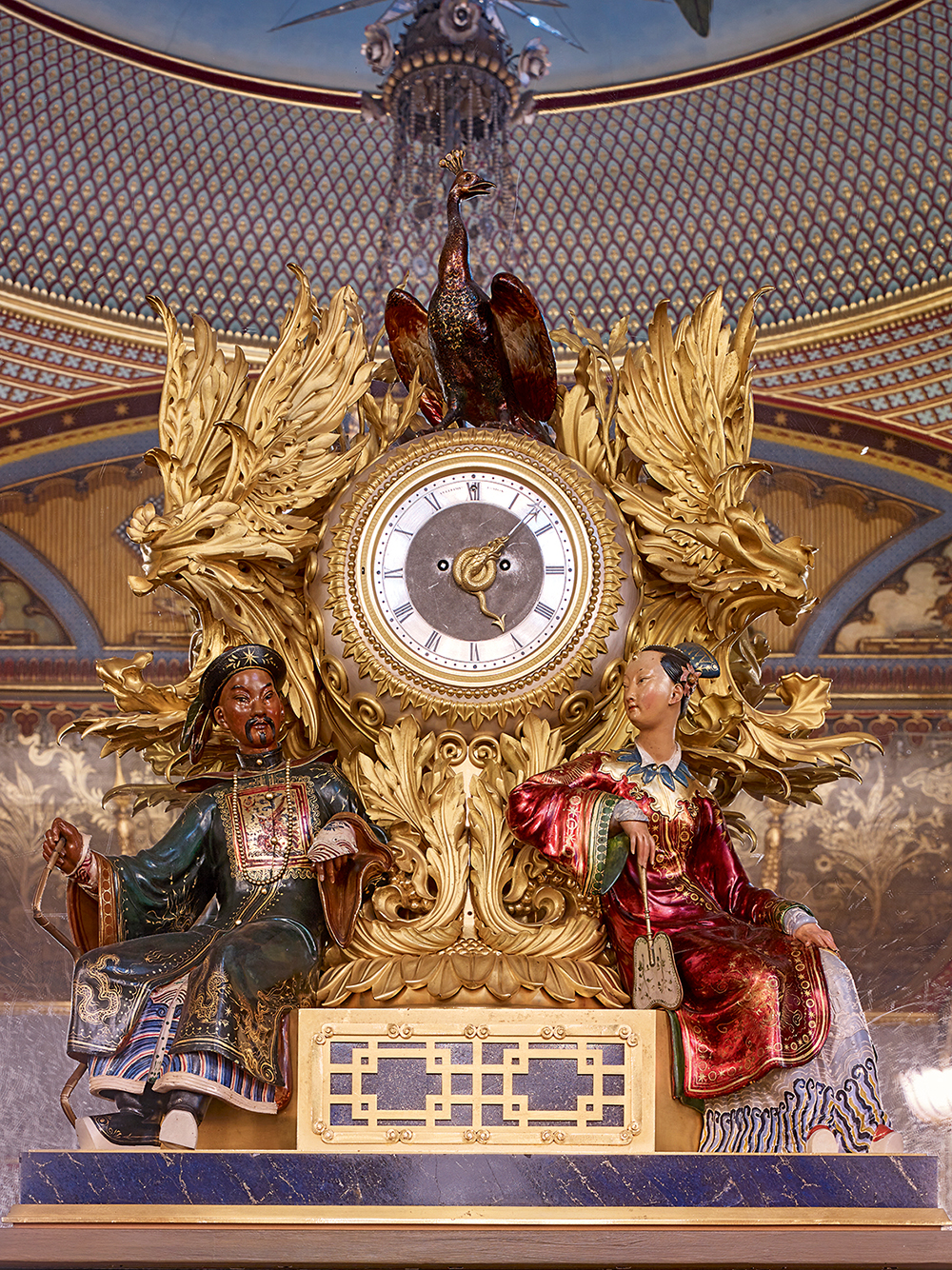
George IV’s particular delight was to enrich Chinese porcelain, which he avidly collected, with precious materials, such as gilt-bronze and enamel. By this means, individual pieces of ceramic could be augmented or combined to create instruments, including clocks, or fittings, such as candelabras. This kind of fabulous composite creation was originally the pro-vince of a trade guild in France called the marchands-merciers, on whom George IV lavished money through his agents. Latterly, he used an increasing number of English craftsmen to undertake such work.
The overall aesthetic of these pieces is a combination of dazzling opulence and the most refined artistry. Their high value is immediately self-evident and everything shines or reflects light. The porcelain and enamel, moreover, create a palette of rich and fantastical colours.
No less remarkable is the manner in which these objects are displayed (it is a real revelation to see them in the Pavilion). Many stand against mirrors, which creates an illusion of space around them and enhances their visual impact. Particularly striking in this regard are the mirrored consoles that multiply their contents by reflection. As a result, they read visually, with their contents, as small pyramids of precious objects set around the walls.
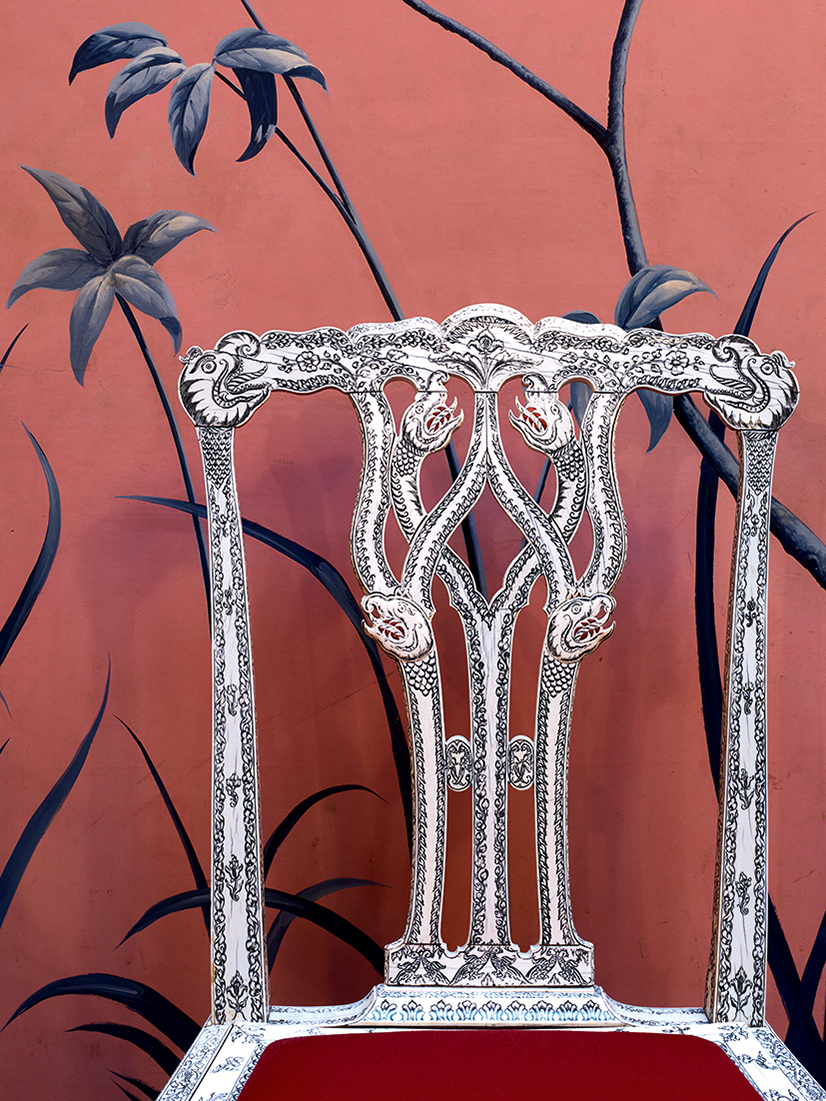
Another surprising detail of the display is the way that so many of the objects rise above eye level and assume a monumental quality. In some of the rooms, this effect is achieved by placing objects on top of consoles or fireplace overmantles (the original fireplaces were coloured and detailed to appear visually integral with the works of art they support). In the Music Room, however, the objects themselves are so large — between 12ft and 15ft high — that they graduate into the architecture.
Around the edge of the room are six porcelain pagodas all imported from China and acquired at different times by the dealer Robert Fogg. The six pieces were reworked as a set at vast expense; the larger pagodas cost only £100 each, but George IV embellished them at a cost of £2,000, providing them with scagliola stands, Spode bases and golden bells.
In addition, at either end of the fireplace wall, are two gigantic lampstands that incorporate 17th-century porcelain vases collected by the Duke of Orleans and decorated with his arms. In such extraordinary objects, George IV could simultaneously indulge his delight in the Orient and the world of pre-Revolutionary France.

Walking through this room today, it’s easy to understand why the Regent’s contemporaries were so amazed by the Brighton Pavilion. It wasn’t only the building’s eccentricity or exoticism, nor even the sheer opulence of the decoration assembled here or the excesses that the building accommodated.
All these qualities are apparent, of course, but decked with pagodas, lamp stands and its gilt-bronze ‘Rock’ clock, the room also possesses real sophistication. George IV is here revealed as an obsessive collector of everything that was most exquisite and expensive in the world around him. What he acquired may not be to every-one’s taste, but it is impossible not to acknowledge its superlative quality.

Inside the restored Brighton Pavilion: ‘It’s hard to imagine a more perfect time to visit this extraordinary Regency creation’

An antique wallpaper so extraordinary that an entire room was built around it — including raising the ceiling
The Court of Noke in Herefordshire is the home of designer Edward Bulmer, and the antique wallpaper in this bedroom
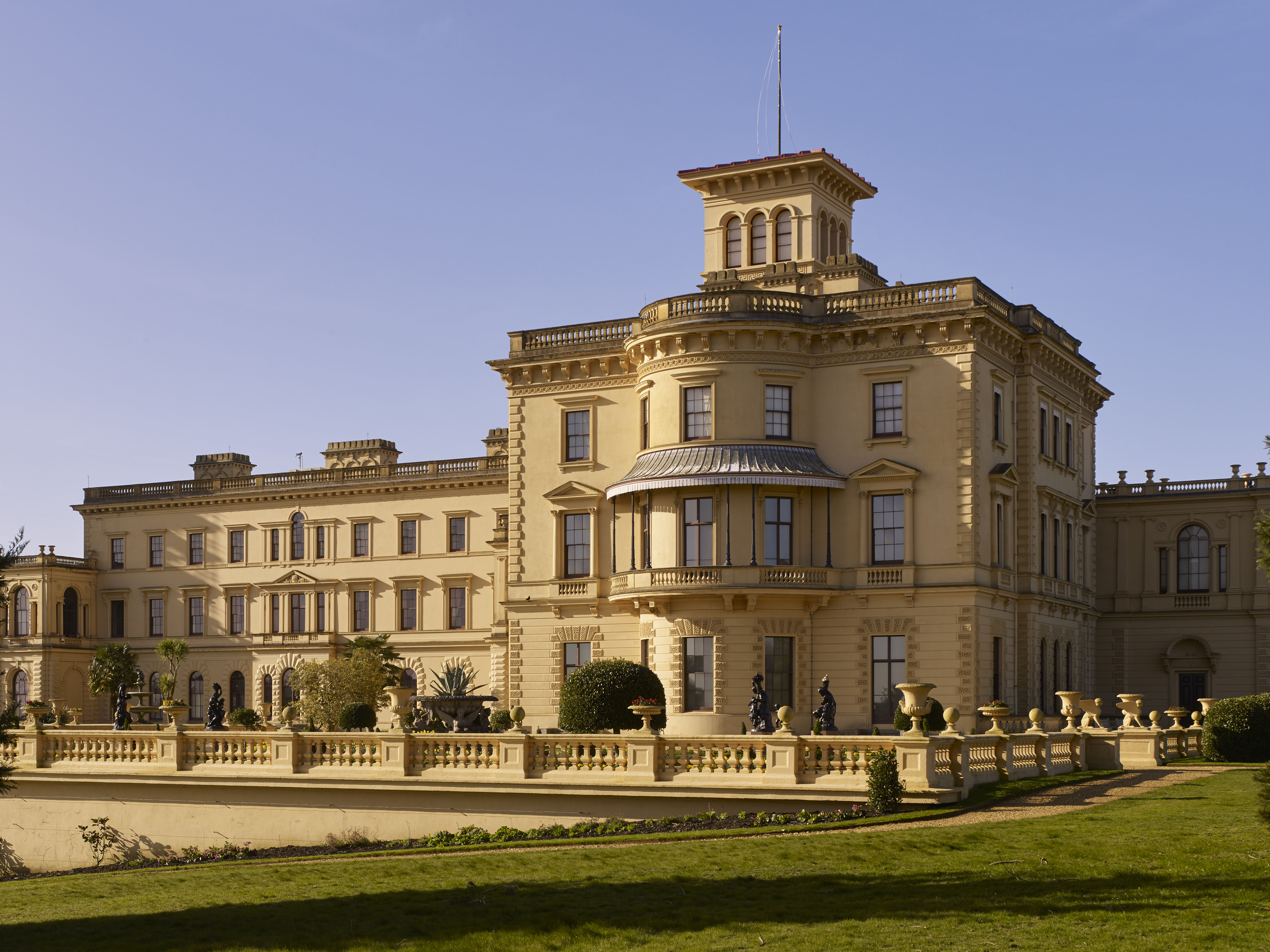
Osborne House: Victoria and Albert’s Italian getaway on the Isle of Wight
The search for privacy and peace encouraged Queen Victoria and Prince Albert to create an Italianate seaside villa. It offers

John spent his childhood in Kenya, Germany, India and Yorkshire before joining Country Life in 2007, via the University of Durham. Known for his irrepressible love of castles and the Frozen soundtrack, and a laugh that lights up the lives of those around him, John also moonlights as a walking encyclopedia and is the author of several books.